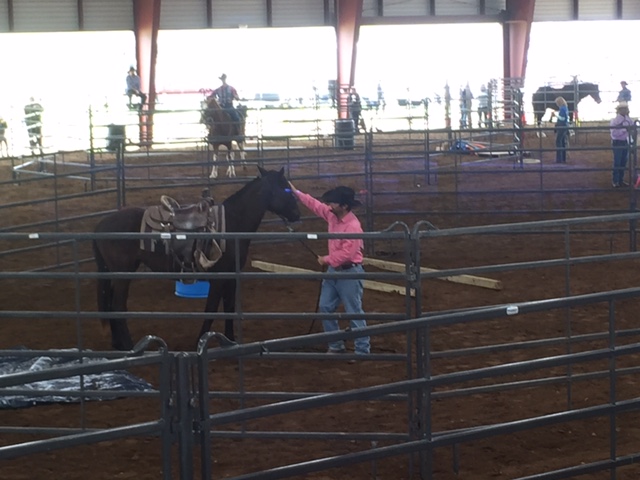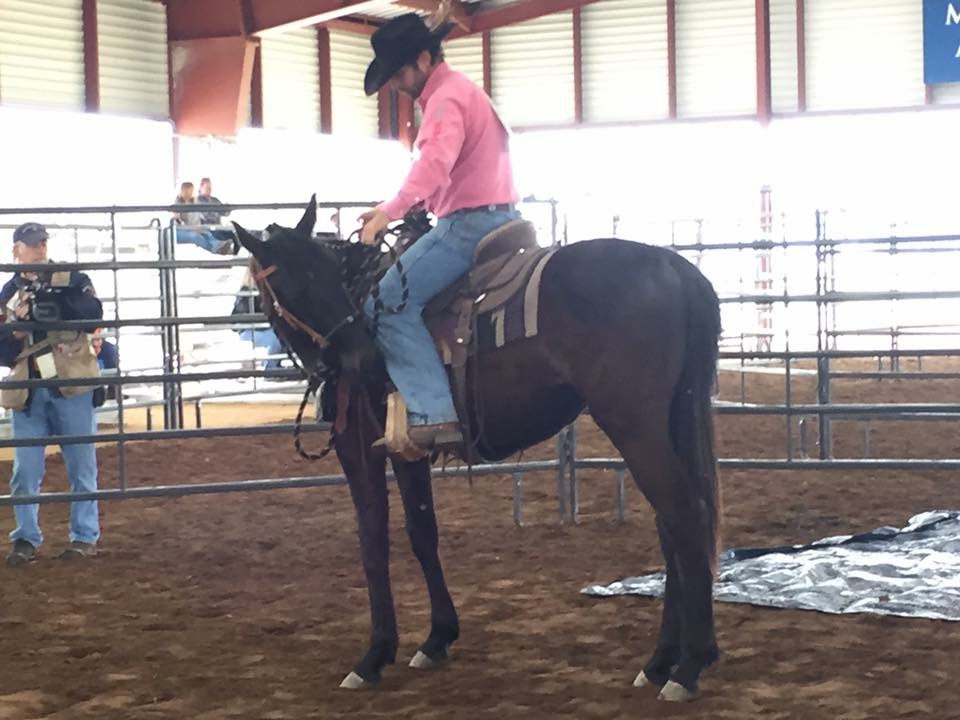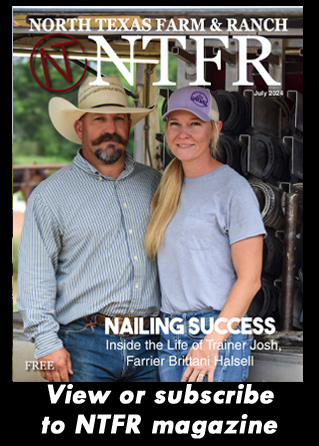HOME
The Natural Horseman – Staying the Course

By Steve Stevens
I am sitting at Ronald Reagan National Airport in Washington, DC. It is 3:30 in the morning, and I am waiting for a 5:30 a.m. flight. I just came from competing in the Colt Starting Challenge USA competition in Doswell, Virginia, at the Virginia Horse Festival. I ended up finishing second place with a two and a half year old Warmblood named Quest. This was an interesting one for me because Quest was by far the most nervous horse I have had at any of the colt startings.
When I got to work in the first round, it became evident that he wasn’t going to be easy. To start, I could hardly touch him and I was concerned I wouldn’t be able to get him saddled. But I just worked away with just rubbing and releasing and before long I got him saddled. He was real tight. I just kept reminding myself to be there for him and he started to free up. Every time I stepped up in the stirrup I could feel his body tense up. So I would step up and back down again. I kept doing this until I felt him take a breath. I went through that process for a while until it finally came time to take a deep seat and see how it turned out.
As long as I kept moving, rubbing him, rocking my hips back and forth, he seemed to be all right. He actually moved out pretty good. The time ended quickly for the day and I knew I didn’t get nearly enough accomplished for the competition. In the grand scheme of things he had made huge leaps and bounds. I needed to let it go and hope that he would continue growing tomorrow.
I got to check out Fredericksburg, Virginia, a little bit that evening. I feel it is always important to allow my horse journey to help me take advantage of exploring places I have not seen, especially historical and beautiful places to keep me grounded. The history there was amazing. To stand where our founding fathers stood and fought for our great country was pretty special.
The second day Quest came around quickly. I had to watch him, though. He needed a lot of leadership. Anytime I got distracted I could feel him distancing himself. I couldn’t have been prouder of him. It was less than three hours ago that he was scared to be touched. It is really incredible that horses can allow us to ride them. As I kept working away, I thought a lot about the horses that had carried soldiers through battles in the area. It should always be such an honor to ride a horse after what they have done for our country. I went into the final round in first place. Quest got a little herd bound to the other horses once he was in the arena by himself. He never concerned me, but he was hard to maneuver around the arena.
We got through all the obstacles, dragging a log, throwing a rope, and other tasks. This little Warmblood tried his heart out for me. He had a big heart and I am glad that I was the first human on his back. I learn something every time I work a horse. Quest taught me the importance of staying the course and just working away. He made it through. It was an amazing weekend. It is time to catch my flight back to Texas. Have sweet dreams, my dear friend Quest.
HOME
Joe N. “Buzz” Thorp to Receive Ranching Heritage Association Working Cowboy Award
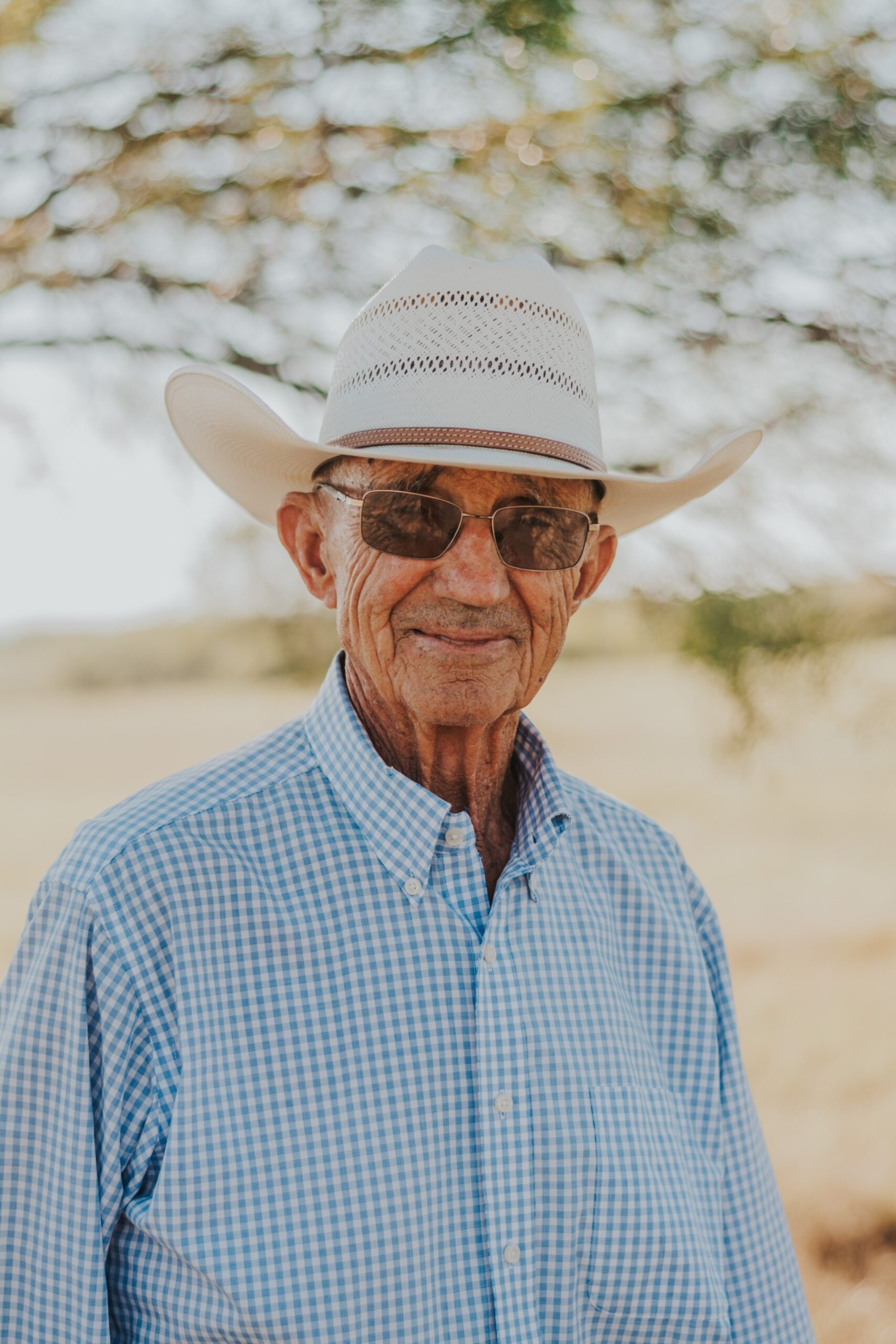
Joe N. “Buzz” Thorp, a cowboy who has worked on ranches from Tennessee to Montana and New Mexico to Texas, will be the sixth recipient of the Ranching Heritage Association (RHA) Working Cowboy Award presented during the annual National Golden Spur Award Honors on Saturday, October 5, at the Lubbock Memorial Civic Center in Lubbock, Texas.
“The RHA Working Cowboy Award is designed to recognize an outstanding individual who makes his living primarily horseback, caring for livestock on a daily basis,” said Jim Bret Campbell, executive director of the Ranching Heritage Association and the National Ranching Heritage Center. “Buzz Thorp represents all of the facets of the working cowboy award. He is a cowboy’s cowboy, a teacher and a true representative of our cow-country values.”
The Ranching Heritage Association, a nationwide non-profit membership organization supporting historical preservation and educational efforts through the National Ranching Heritage Center, presents the prestigious recognition on an annual basis. The award honors a working cowboy skilled in all aspects of ranch work and respected by the ranch crew and ranching community.
“Our Board of Directors believes it’s important to recognize those folks who brave all kinds of weather and conditions to ensure that work on a ranch gets done,” Campbell said, noting that award nominations for Thorp described him as a multi-talented working cowboy who has served for decades as a role model for younger cowboys in trade and character.
“More than a cowboy, Buzz is a cowman and a steward,” stated Rob A. Brown, who grew up working with Buzz on the R.A. Brown Ranch. “He is a horseman and a conservationist with expertise in so many areas that this letter could be filled merely listing them out. In my view, at the most fundamental sense, Buzz is a teacher.”
Thorp worked for his father, B.F. Thorp, in Throckmorton County in Texas while growing up. He also cowboyed for his uncles and cousins during that time. He worked for the Muleshoe Cattle Company while attending Texas Tech University, where he graduated with a degree in animal husbandry in 1954.
At age 21, Thorp managed Ridglea Angus Farms in Dickson, Tennessee, before returning to Throckmorton where he worked for the R.A. Brown, McClusky and Birdwell ranches. He also ran his own cows and trained horses. In 1974, Thorp became the cow boss at Spanish Creek Ranch in Gallatin Gateway, Montana. From there, he moved to manage yearlings on Jones Ranch at Wagon Mound, New Mexico. Thorp managed the McKee Ranch in Galisteo, New Mexico, before returning to Texas to manage ranches in Palo Pinto, Throckmorton and Baylor counties, including the Wagon Creek Spade Ranch outfit. Thorp managed that division of the Spade Ranches for 10 out of the 12 years he worked there.
Recognized as an outstanding stockman, horseman and teacher, at age 91, Thorp continues to be in demand to day-work on neighboring ranches, including the R.A. Brown Ranch. A notable horse trainer, Thorp has trained horses that have gone on to successful careers on ranches and in the arena, including for his grandson, Wesley Thorp, who is a two-time Professional Rodeo Cowboys Association heeling world champion.
“As his grandson, childhood stories were often told about his days working cattle and training horses,” Wesley said. “He’s [had an influence] on many great ranches such as Haythorn, Swenson and Browns. He is an all-around hand and one great cowboy. The impact he has had on my team roping career is one that will last forever.”
“In addition to his technical skills, Buzz is also an outstanding leader and mentor,” said Kelli Brown of the R.A. Brown Ranch. “He is always willing to share his knowledge and expertise with others, whether they are seasoned ranch hands or newcomers to the industry. His patience and dedication make him an asset to any neighbors and friends. I am thankful that he has mentored numerous generations of our Brown family, including my husband and sons.”
Thorp’s lifetime of cowboying accomplishments will be honored at the National Golden Spur Award Honors on October 5. Sponsorship packages for the National Golden Spur Award Honors, including table sponsorships, are currently available. Individual tickets for the National Golden Spur Award Honors will go on sale to the public August 8. For event details visit goldenspurhonors.com.
HOME
Farm and Ranch Injuries
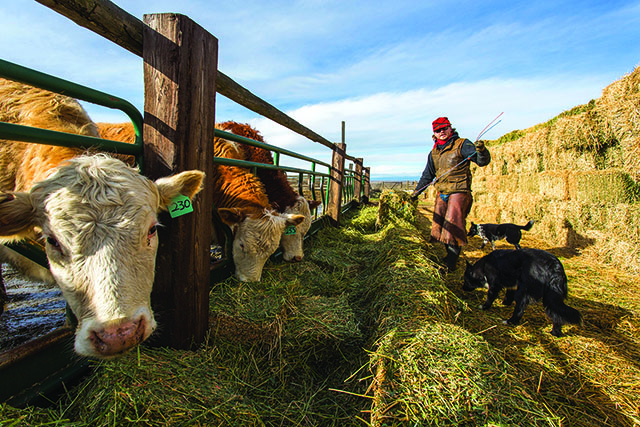
By Barry Whitworth, DVM
In January, I attended the Oklahoma Veterinary Conference. While waiting for one of the sessions to start, a classmate of mine commented how many of the attendees walk with a limp, used a cane, and/or have damaged hands. We all agreed that working with animals is hard on the body. In general, anything associated with farming and ranching is dangerous.
Most farmers and ranchers know that agriculture is a dangerous occupation. According to United States Bureau of Statistics, workers involved in agriculture, forestry, and fishing had the highest occupational fatality rate in 2022. The fatality rate of 23.5 per 100,000 full-time equivalent (FTE) workers for this group is much higher when compared to the overall occupation fatality rate of 3.7 per 100,000 FTE. Most of the agriculture-related fatalities are associated with transportation, such as tractor overturns, and vehicle crashes, but a fair number involve livestock.
To read more, pick up a copy of the March issue of NTFR magazine. To subscribe by mail, call 940-872-5922.
HOME
Jesses Jewelz

By Jesse Kader
Comfy and keep it western. That’s the name of the game this month. It’s hot and who wants clingy clothing? This jumpsuit is perfectly comfortable and relaxed without forfeiting the fashion. Dress it up or keep it casual. See this and more at www.jessesjewelz.com.
-

 Country Lifestyles1 year ago
Country Lifestyles1 year agoScott & Stacey Schumacher: A Growth Mindset
-

 Country Lifestyles7 years ago
Country Lifestyles7 years agoStyle Your Profile – What your style cowboy hat says about you and new trends in 2017
-

 Equine10 months ago
Equine10 months agoThe Will to Win
-

 HOME7 years ago
HOME7 years agoGrazing North Texas – Wilman Lovegrass
-

 Country Lifestyles4 years ago
Country Lifestyles4 years agoAmber Crawford, Breakaway Roper
-

 Outdoor9 years ago
Outdoor9 years agoButtercup or Primrose?
-

 Country Lifestyles8 years ago
Country Lifestyles8 years agoDecember 2016 Profile, Rusty Riddle – The Riddle Way
-

 Country Lifestyles8 years ago
Country Lifestyles8 years agoJune 2016 Profile – The man behind the mic: Bob Tallman

